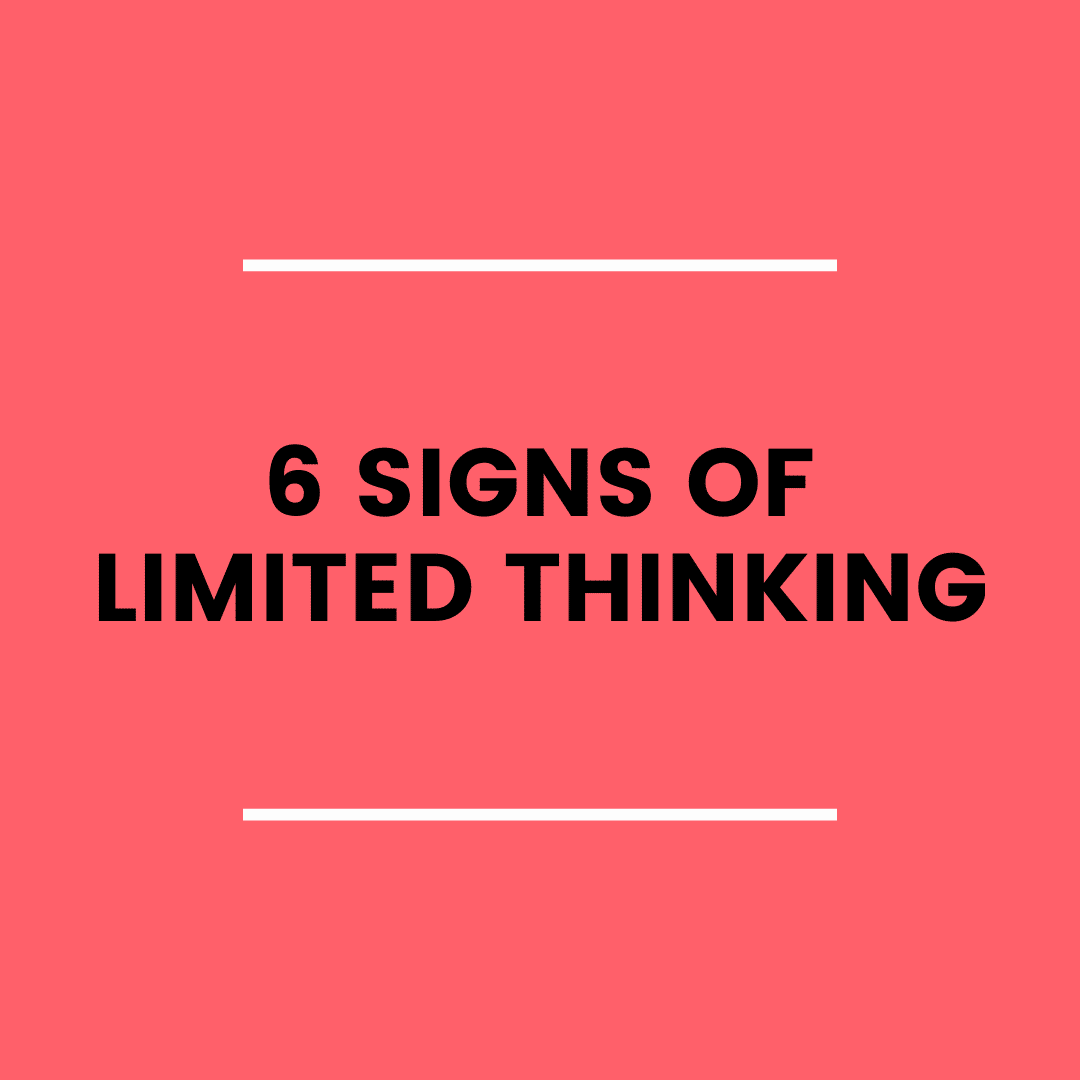How to distinguish between your true thoughts and limiting beliefs
Thoughts aren’t facts, but so many of us believe everything we think. Learning to decipher between our true beliefs and distorted thought patterns is key to changing our mindsets for the better.
Here’s a quick rundown of how your brain formulates thoughts…
There’s a circumstance > We have a thought about it > That thought creates a feeling > We react based on how we feel.
Thoughts are simply perceptions based on the filters of past lived, inherited, or collective experiences. Our thoughts are stories, or the meaning we attach to a circumstance.
This isn’t all bad. We use stories to make sense of the world and create shared understanding. The human brain is hardwired for storytelling, and we’re not about to undo human evolution.
But how do you know when a thought is from your true self or if it’s this filtered or distorted thinking? How do you know if it’s helpful vs. limiting?
As I tell my clients, making a mindset shift is 90% awareness, 10% intention and action. You can’t change what you can’t see, so it’s imperative to notice when your brain is engaging in distorted thinking, especially when it’s keeping you from what you really want.

To help develop this awareness, here are 6 signs that the voice you hear is filtered/distorted/limited thinking, not your true voice.
1. Certainty: It sees everything in black and white, presents absolute thoughts (“I can’t do this.” “This will be awful.”) Helpful, non-distorted thinking is curious. It wonders what’s possible, asks open-ended questions (“How could I learn to do it?” “What are possible outcomes?”)
2. Problem-Focused: It fixates on what’s lacking without any interest in facts, evidence, potential, or solutions. Your true voice is aware of the unknown and wonders what’s possible. It seeks to gather evidence to inform decisions.
3. Critical: It speaks in an anxious and fearful tone of voice. It’s negative (often irrational), and judgmental. The helpful voice, on the other hand, is kind. It speaks in a calm tone of voice. It seeks self improvement from a place of self-care and self-love.
4. Stuck: It repeats on a loop, thinking the same negative thoughts over and over. It’s stuck vs. taking action. The useful voice is forward thinking, interested in what’s next. It considers how to take actions that will move things in the right direction.
5. Contrived: It “plays a part” with the hope of being judged as “good enough” or “superior” by self or others. The true voice is authentic. It knows all people—including you—are inherently worthy. (“Their judgment reflects on them, not me.”)
6. Scarce: It believes there’s a finite amount of money, success, or anything else. (“I must protect my piece of the pie at all costs.”) The helpful voice is abundant, and knows there’s enough for everyone. (“The possibilities and my potential are endless.”)
With enough practice, you can begin to spot distorted or limiting thinking in the moment. With that awareness, you can choose not to listen to what it says. Without awareness, though, you may feel as if you have no choice. After all, it’s you who are saying these things to yourself so they must be correct, right?
In fact, this line of thinking is not factual and it’s not your inner truth. It is the result of a lifetime of conditioning from family, society, culture, religion, and more.
A client shared this with me about how this awareness has helped her:
“A project at work hit some bumps, and I immediately heard the voices telling me that it’s my fault, that I could’ve done more and people will be disappointed by me,” she said. “I took a deep breath and asked myself if I know any of that to be true. And, I don’t. I‘ve been working really hard and doing everything I can to keep the project on track—and it’s okay that others may need to help.
“Asking myself what the facts really are has helped me catch when I am listening to the voices a little too much.”
If you’re ready to dig into this work, learning how to recognize and shift your thought patterns, I offer 1:1 coaching.




